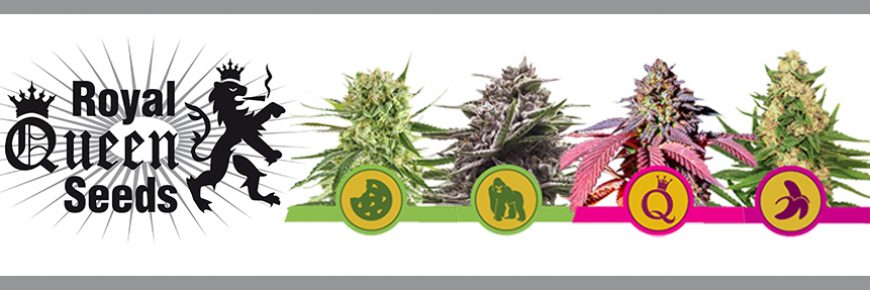
Who wants to optimize their performance? All? Well that was easy. The good news is that this can be done safely, naturally, and fairly easily by introducing beneficial microbes.
What are beneficial microbes?
Simply put, microbes are tiny life forms, so small that they can only be seen with a microscope. In this article, we are specifically interested in soil-dwelling microbes. The relationship between microbes and plants is ancient and complex. Both have evolved over millennia (really!) To become almost totally dependent on each other.
Some germs are good and some are bad. You can put the odds in your favor by adding more of the good guys to play a solid defensive game. When added to the soil, these organisms can attack and repel harmful microbes and pathogens, which could spell disaster for your beautiful crops. So it makes sense to add them to your arsenal, whether you’re growing indoors or outdoors.
How do these microbes help increase yield?
The microbes basically drive growth by flooding the plant with additional nutrients. These heroic organisms allow the plant greater access to vital soil nutrients such as nitrogen, phosphorus and potassium. As a thank you, the roots of the plant release substances called exudates – for example, amino acids and sugars derived from photosynthesis – that they return to the soil, offering additional welcome nutrition to the microbes. There are two main types of beneficial microbes that growers can use to optimize yield:
Mycorrhizae: they are fungi that are found in the rhizosphere (the area of the soil that surrounds the roots of plants, where chemistry and microbiology are influenced by the growth and exchange of nutrients of the roots). They can be intracellular or extracellular[i] and form relationships with the plant, which results in a balanced sequestration of nutrients in saline environments, positively affecting the sodium-potassium relationship within the root tissue and increasing the root surface[ii].
Rizobacterias – are associations of bacteria and plants, often called PGPR (Plant Growth Promoting Rhizobacteria), and can stimulate growth of crops and increase general vigor by improving stress tolerance[iii]. This is normally accomplished by any of the following means
-The production of phytohormones for growth signaling or preparation against pathogenic attacks
-Increased nitrogen fixation and phosphate solubility, together with the chelation of heavy metals
-Increased competition for pathogenic microbes, thus decreasing the chances of a negative infection[iv].

Although much research has been done to test the ability of PGPRs to increase yield in crop plants such as rice, wheat, sugar cane, and soybeans, the efficacy of PGPRs in cannabis plants has only been published recently in 2018. The study showed that a combined inoculum of Azospirillum brasilense, Gluconacetobacter diazotrophicus, Burkholderia ambifaria and Herbaspirillum seropedicae increased the growth, yield and vigor of Cannabis species (v). In addition, the study demonstrated an effect on the secondary metabolites of the plant, which is equivalent to an increase in cannabinoids, an increase in root mass and the production of root hairs, which leads to an overall improvement in the ability to plant growth.
How to add beneficial bacteria
The easiest way to add beneficial bacteria to your environment is by using commercially available biostimulants, which can come in several different forms and contain different strains of PGPR. Among the available options are:
-Seed treatments, which must be applied before sowing
-Soil soaked, in which the product is usually diluted before being added to the soil around the root zone
-Foliar sprays, which protect against pathogens that appear outside, such as gray mold
-Feeding, which can be added to the nutrient tank (but with some notable caveats, for example in hydroponics, should not be added at the same time as disinfectants such as hydrogen peroxide or chlorine; wait 12 to 24 hours )[vi].
While mycorrhizae are especially useful for enhancing plant growth in the soil, hydroponic systems are more bacteria-friendly due to high nutrient concentrations and increased irrigation rates.[vii]. Since beneficial bacteria are available in various forms, in varying quantities, and certainly at an affordable price, if you haven’t already incorporated these beneficial associates into your regimen, it is certainly worth a try.
As with any new introduction to your growing regimen, do your homework and take extra care to ensure dilution instructions are followed correctly where applicable to ensure A + ratings.
Sources consulted:
Seedsman Blog – https://blog.seedsman.com/optimising-plant-yield-with-beneficial-microbes/
[i]Johnstone e tal,1997[ii]https://pubmed.ncbi.nlm.nih.gov/19815570/[iii]https://pubmed.ncbi.ni.nih.gov/27136521[iv]Lyu et al, 2019[v]www.researchgate.net/publication/326082654_Plant_growth_promoting_rhizobacteria_PGPR_in_Cannabis_sativa_’Finola’_cultivation_An_alternative_fertilization_strategy_to_improve_plant_growth_and_quality_characteristics[vi]https:youtu.be/pAr4BXses5k[vii]https://mammothmicrobes.com/wp-content/uploads/2019/05/MicrobesinHydro_gardenculture_Aug2018.pdf








